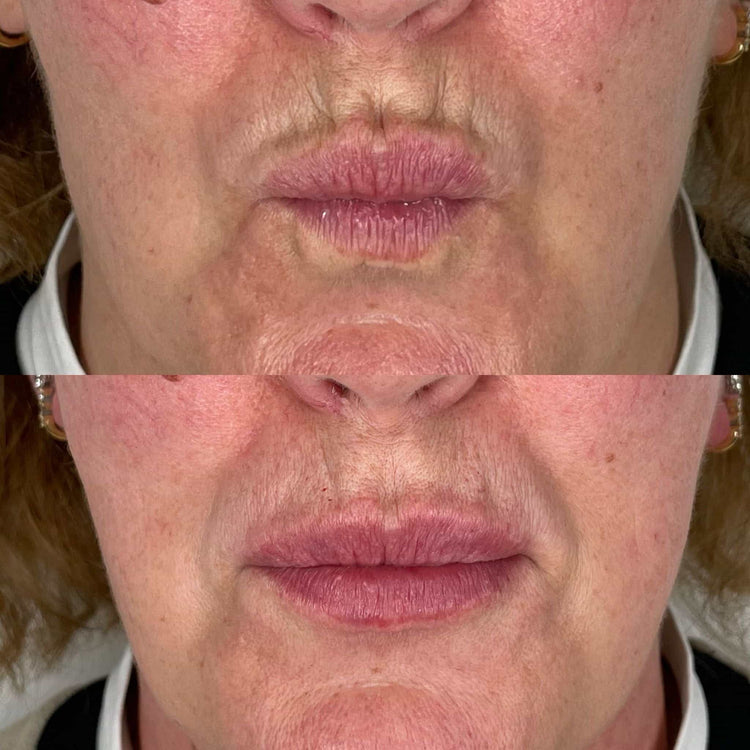CBD GUMMIES
Why Are CBD Gummy Sweets So Popular In The UKNovember 7, 2025
Dermal fillers have become increasingly popular in recent years as a way to reduce the appearance of wrinkles, plump up lips, and enhance facial contours. But what exactly are these injectable substances made of? Understanding the composition of dermal fillers, and whether they are derived from natural or synthetic sources, is crucial for making informed decisions about cosmetic treatments.
One of the most common types of dermal fillers is hyaluronic acid-based. Hyaluronic acid (HA) is a naturally occurring substance in the body, found in high concentrations in skin, cartilage, and connective tissue.

This sugar molecule acts like a sponge, attracting and retaining water molecules, which gives skin its plumpness and elasticity. Dermal fillers containing hyaluronic acid work by replenishing lost volume and smoothing out wrinkles by hydrating the skin and adding fullness.
Besides hyaluronic acid, other types of dermal fillers are available. Calcium hydroxylapatite is a naturally occurring mineral that is often used in fillers to add volume and structure to facial features. It works by stimulating collagen production, which helps to improve skin firmness and elasticity.
Poly-L-lactic acid (PLLA) is another type of filler that stimulates collagen production. Unlike HA, PLLA is a synthetic substance that gradually breaks down over time, providing long-lasting results. Polymethyl methacrylate (PMMA), also known as silicone gel, is a synthetic filler that is designed to be permanent. It provides significant volume augmentation and can be used to correct facial defects or restore lost facial volume.
Collagen is a protein that is naturally found in the body and plays a vital role in skin structure and elasticity.
Polylactic acid (PLLA), often abbreviated as PLA, is a synthetic polymer used in various biomedical applications, including dermal fillers. It is a biodegradable and biocompatible material, meaning it breaks down naturally in the body over time and does not trigger adverse immune reactions.
When injected into the skin, PLLA stimulates collagen production.
This leads to increased skin firmness and fullness, reducing the appearance of wrinkles and folds. The effects of PLLA fillers typically last for several months to a year or more, depending on individual factors.
Calcium hydroxylapatite (CaHA) is a naturally occurring mineral that is often used in dermal fillers.

It is derived from the calcium phosphate crystals found in bone.
When injected into the skin, CaHA acts as a scaffold for collagen production.
This helps to improve skin firmness and elasticity, reducing the appearance of wrinkles and fine lines.
The world of cosmetic dermatology offers numerous ways to enhance one’s appearance, and dermal fillers are among the most popular choices. These injectable substances promise smoother skin, plumped lips, and a more youthful contour. But what exactly goes into these injections? Understanding the composition of dermal fillers, whether they originate from natural sources or are synthetically produced, is crucial for anyone considering this cosmetic procedure.
Dermal fillers encompass a range of materials designed to augment facial volume and smooth out wrinkles. These substances can be categorized as either natural or synthetic.
Naturally derived fillers often utilize hyaluronic acid (HA), a substance naturally present in the body. HA attracts and retains water, contributing to skin plumpness and elasticity. Fillers containing HA replenish lost volume and hydrate the skin.
Calcium hydroxylapatite, another natural ingredient, is a mineral found in bone that stimulates collagen production when injected. This enhances skin firmness and reduces wrinkles.
Collagen, a protein vital for skin structure and elasticity, is also used in some dermal fillers. Animal-derived collagen supplements the body’s natural supply, aiming to restore youthful volume and smoothness.
Synthetic fillers offer alternative options. Poly-L-lactic acid (PLLA) stimulates collagen production through its gradual breakdown over time, providing long-lasting results. Polymethyl methacrylate (PMMA), also known as silicone gel, is a permanent filler for significant volume augmentation.
Dermal fillers can be derived from both natural and synthetic sources. Hyaluronic acid (HA), a naturally occurring substance in the body found in skin and connective tissue, is a popular ingredient in dermal fillers. HA attracts water molecules, hydrating the skin and contributing to its plumpness.
Calcium hydroxylapatite, a naturally occurring mineral found in bone, is also used in fillers. It stimulates collagen production, enhancing skin firmness and reducing wrinkles.
Collagen, a protein vital for skin structure and elasticity, can be derived from animal sources and used in some dermal fillers to supplement the body’s natural supply.
Synthetic fillers include poly-L-lactic acid (PLLA), which stimulates collagen production gradually over time, and polymethyl methacrylate (PMMA), also known as silicone gel, a permanent filler for significant volume augmentation.
Biocompatibility refers to the ability of a material to function well within a living system without causing adverse reactions. Dermal fillers undergo rigorous testing to ensure their biocompatibility.
Most dermal fillers are biodegradable, meaning they are gradually broken down and absorbed by the body over time.
Hyaluronic acid is naturally degraded by enzymes in the body.
PLLA breaks down into lactic acid, a natural byproduct of metabolism.
PMMA is not biodegradable and remains in the skin permanently.
Book your consultation for facial rejuvenation with dermal fillers at It’s Me & You Clinic
WhatsApp us

0